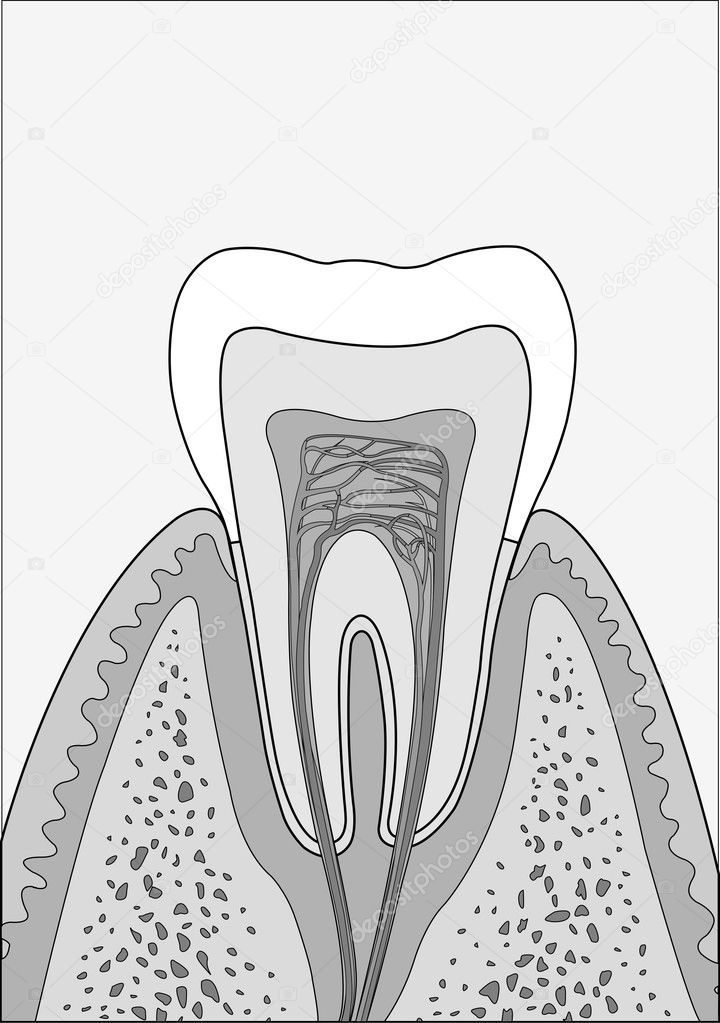

Food and Drug Administration (FDA) warns against using some medications developed for teething. If a parent or caregiver wishes to give the child pain relievers after 2 or 3 days, they should consult a doctor first. Be sure to administer pain relievers safe for children, and never give a child more than the recommended dose. Parents and caregivers should always observe children using a teething toy to relieve the pain.ĭistraction techniques, such as coloring, singing songs, and dancing, can also help to take a child’s mind off their aching teeth.Īcetaminophen or ibuprofen can also help to reduce discomfort.
Molar tooth skin#
Applying moisturizers regularly to the skin around the mouth to prevent cracking and dryness caused by drooling.Rings that are too hard can hurt the child. A person should check that they are made from rubber and avoid freezing them. Having the child bite on a cold, wet gauze pad or a washcloth soaked in ice water.The following tips can reduce discomfort: One to four wisdom teeth, or third molars, emerge between the ages of 17 and 21, bringing the total number of permanent teeth up to 32.Many simple home remedies can help to relieve teething pain. By the age of 13, most of the 28 permanent teeth will be in place. In some children, the first permanent molars are the first to emerge in others, the incisors are the first to emerge. The following chart shows when permanent teeth emerge. They help give a healthy start to the permanent teeth ( decay and infection in baby teeth can cause dark spots on the permanent teeth developing beneath it).They help attain good nutrition (missing or decayed teeth make it difficult to chew causing children to reject foods).They aid in the development of clear speech.They give the face its normal appearance.They reserve space for their permanent counterparts.While it’s true that primary teeth are only in the mouth a short period of time, they play a vital role in the following ways: If baby teeth fall out after a couple of years, why is caring for them important? Between the ages of 6 and 12, a mixture of both primary teeth and permanent teeth reside in the mouth. This is a perfectly natural growth process that provides the necessary space for the larger permanent teeth to emerge. Shortly after age 4, the jaw and facial bones of the child begin to grow, creating spaces between the primary teeth. By the time a child is 2 to 3 years of age, all primary teeth should have erupted.Primary teeth are smaller in size and whiter in color than the permanent teeth that will follow.Teeth in both jaws usually erupt in pairs - one on the right and one on the left.Lower teeth usually erupt before upper teeth.Girls generally precede boys in tooth eruption.A general rule of thumb is that for every 6 months of life, approximately 4 teeth will erupt.The complete set of primary teeth is in the mouth from the age of 2 ½ to 3 years of age to 6 to 7 years of age. Usually, the first two teeth to erupt are the two bottom central incisors (the two bottom front teeth).Īfter that, other teeth slowly begin to fill in, usually in pairs - one each side of the upper or lower jaw - until all 20 teeth (10 in the upper jaw and 10 in the lower jaw) have come in by the time the child is 2 ½ to 3 years old. You can see from the chart, the first teeth begin to break through the gums at about 6 months of age. Remember that eruption times can vary from child to child, and this is a general guide. This chart shows when primary teeth (also called baby teeth or deciduous teeth) erupt (come in) and fall out. Teeth eruption timetable When do primary teeth erupt (come in) and fall out?


 0 kommentar(er)
0 kommentar(er)
